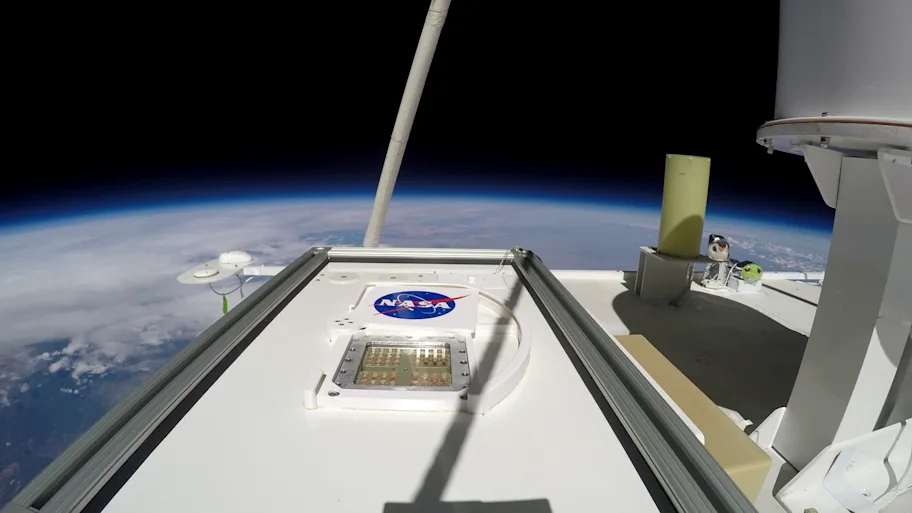
- Science News
- Featured news
- New study on virus survival time on surfaces
New study on virus survival time on surfaces
By University of Trento Press Office and External Relations

Image: Maridav / Shutterstock
In addition to washing hands, should handles, phones, keyboards, desks and other surfaces be cleaned for protection from Covid-19? What about shoes and clothes? And why? Is there a risk of infection from touching a surface? The question has been debated since the beginning of the pandemic. And it is still debated in these days, as an investigation has been conducted on the safety of public transportation in Italian cities, and found traces of the virus on some of the most common touchpoints.
Now a research group of the Universities of Trento and Naples Federico II calculated how long the coronavirus can survive on different surfaces, exploring, among other things, the possibility to design virus-resistant surfaces. The study examined the presence of the virus on surfaces and showed that its survival depends on environmental conditions and the type of material.
For example, viruses are not likely to survive at medium humidity levels, but they thrive at very low or very high humidity levels and higher temperatures. The research work also lays the foundations to understand the relationship between virus survival and the wettability (ability of a liquid to wet a solid surface) of a surface by saliva droplets. In particular, the virus survival time is expected to be shorter on glass and longer on some plastic materials.
Download original article (pdf)
The article, which appeared in Frontiers in Materials, is part of a collection of works that have studied the challenges of materials science to develop anti-Covid solutions. The research was conducted by Nicolò Di Novo, supervised by Nicola Pugno, at the University of Trento, in collaboration with Massimiliano Fraldi, Giuseppe Mensitieri and Angelo Rosario Carotenuto of the University of Naples Federico II.
Microscopic saliva droplets generated from talking, coughing, and sneezing can hover in the air before landing on surfaces, based on their size. “Many viruses, including coronaviruses, can survive for hours of days in droplets,” the authors wrote.
They explained: “Virology studies have demonstrated that environmental conditions (temperature and air humidity) and surface properties of materials play a key role in the survival and infection potential of the viruses contained in the droplets. In particular, the survival of some viruses has a U-shaped pattern on relative humidity, with a peak of mortality at intermediate humidity levels, and increased viability at higher temperatures.”
They continued: “In practice, environmental conditions determine the chemical and physical fate of saliva droplets, as they affect the evaporation process. Saliva is a complex liquid containing many non-volatile substances like salts, biomolecules and proteins. The evaporation of water contained in the droplets alters the concentration of these substances and the acidity level of the microenvironment of the virus, compromising or improving its viability.”
“Our work“, the authors concluded, “provides, for the first time, a clear description of the mechanism that leads to increased virus mortality at intermediate humidity levels; we also formulate a prediction of the survival time of some viruses similar to coronaviruses on surfaces; and we present some mathematical models to connect virus viability in saliva droplets on surfaces with surface wettability based on the ‘contact angle’, a parameter that can be used to describe different materials. These results, in particular, suggest a shorter survival time on more hydrophilic surfaces, like glass, compared to less hydrophilic surfaces, like some types of plastic, confirming the results of other experiments reported in scientific literature.”






